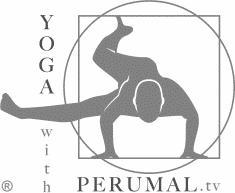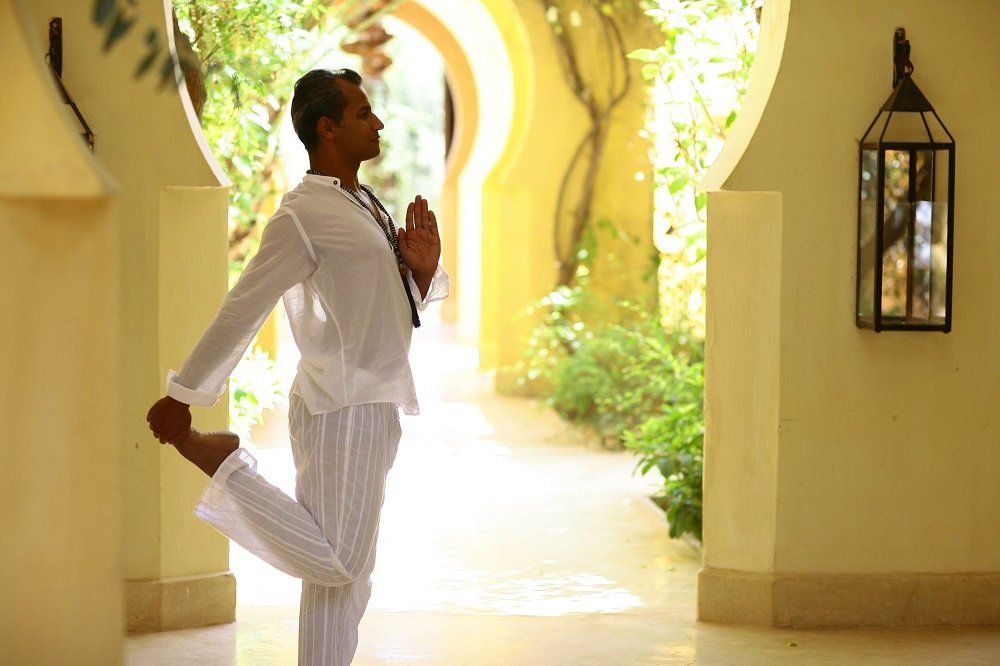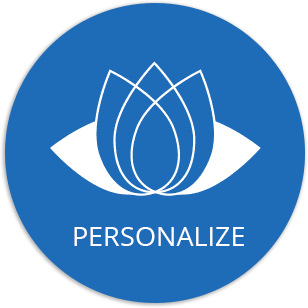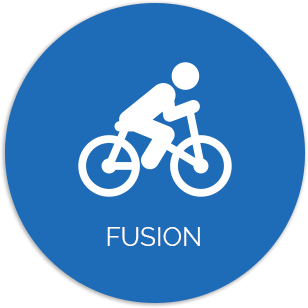THERAPIES
THERAPIES
HEALING STAGES
HEALING STAGES
We may safely practice yoga with an injury. By knowing the 3 stages of healing while following the recommended guidelines for ice and heat therapy may dramatically increase the healing process. It is always advisable to also consult with a doctor.
I) Acute Stage (4-6 days)
This is when the injury first occurs. The injury may have been felt during a particular activity or within 24 hours after the activity. During this stage rest the injured area for 4 - 6 days. Practice yoga on a completely different part of the body from the injury.
Inflammation is usually present and elevating the affected area will help control swelling while reducing throbbing / discomfort. Inversion poses will reduce inflammation by activating the lymphatic system and also provide elevation if the injury is in the lower body. Ice therapy as mentioned in the Ice and Heat Therapy section will be helpful.
II) Sub-Acute Stage (1-3 Weeks)
The sub-acute stage follows the acute stage and lasts around 1-3 weeks. The injured tissue is fragile and susceptible to re-injury. Do not become overzealous and try to make a quick return to the usual level of performance. An adequate warm-up (preparatory postures) before coupled with correct postural alignment is essential. During this stage less is more for the injured area. Move into the yoga poses slowly and gently with non-weight bearing movements. It is a time to slowly strengthen the muscles involved in the injury. As symptoms diminish gradually commence weight bearing movements. When stretching use long hold times while executing the posture outside of the maximum range while using slow deep breathing. If a yoga pose causes pain, tingling, or numbness stop immediately. The pain may not be felt immediately. It is important to note how the injury feels for the first 24 hours after practicing. As soon as the injured area is stretched too strongly then the nervous system will send signals to tighten the injured area. This is the bodies attempt to protect the injury.
III) Chronic Stage (12-18 Months)
Following the sub-acute stage is the chronic stage which may last 12-18 months for complete healing. During this time the injured site may feel healed but it is still susceptible to a re-injury and chronic inflammation if excessive force is used. Caution must be taken during this stage and that the injury will not be healed until this stage has passed. Posture pertaining to the affected area must not be executed at more than 80% of the maximum level of output.
ICE VS HEAT
Please read about Acute, Sub-Acute and Chronic stages of healing prior to following any ice and heat therapy recommendations. It is always advisable to also consult with a doctor.
Ice Therapy
Ice therapy is most effective during the acute stage. Using ice therapy immediately after an injury and within the first 48 hours will help minimize swelling. Decreasing swelling around an injury will reduce pain. The effectiveness of icing diminishes significantly after 48 hours. Ice treatments may also be used for chronic conditions such as overuse injuries. In this case ice the injured area immediately after the practice to help control inflammation.
There are 3 methods of icing to consider. The first is filling ziploc bags with cubes or crushed ice. Add a little water to the ice bag to enable the bag to conform to the injured area. The second method is to maintain water filled paper or plastic cups within the freezer. Remove the cup from the ice by soaking it in a bowl of room temperature water for nearly 30 seconds. Peel the cup away and massage the cup shaped ice over the injury in a circular pattern allowing the ice to melt over the injured area. Do not let the ice sit statically without a paper or regular towel between the ice and skin. The final method is to use a bag of frozen vegetables such as peas or corn. This option provides a reusable method that is common in most freezers and easily found in any major grocery store.
Avoid frost bite. Do not allow ice to sit statically against the skin without a layer of protection such as a paper or regular towel. Ice therapy without a towel is acceptable only if the ice pack is continually moved over and around the injured area. Do not ice for more than 15 minutes. Icing for too long within one session may cause further damage. Ice as frequently as desired but allow a minimum of 1.5 hours before beginning the icing again. The best rule is to use ice therapy before breakfast, lunch, dinner and after practicing. Never ice a chronic injury before practicing.
Heat Treatment
Heat treatments are best just before practicing. This form of treatment is effective for chronic conditions such as overuse injuries. It will help to stimulate blood flow to the injury leading to relaxing and loosening the tissues.
Heating tissues can be accomplished using a heating pad or a hot, wet towel. One method is to place a towel under hot tap water and then apply it to the injured area. Avoid burns when with heat treatments by using only moderate heat. Do not use heat treatments for more than 15 minutes at a time. Do not use heat treatments after a practice or with an acute injury. Warm showers are also helpful before a morning yoga practice.
These guidelines will allow a safe yoga practice while encouraging the healing of injuries. The above guidelines can effectively heal most minor injuries. Simultaneously it is advisable to refer to your doctor. Severe pain lasting more than a few days without improvement requires medical attention. Avoiding most injuries are possible by practicing at no more than 80% of the maximum available output.
YOGA RETREATS
Follow us
© 2023 Perumal Koshy | All Rights Reserved
© 2024 Perumal Koshy | All Rights Reserved



















